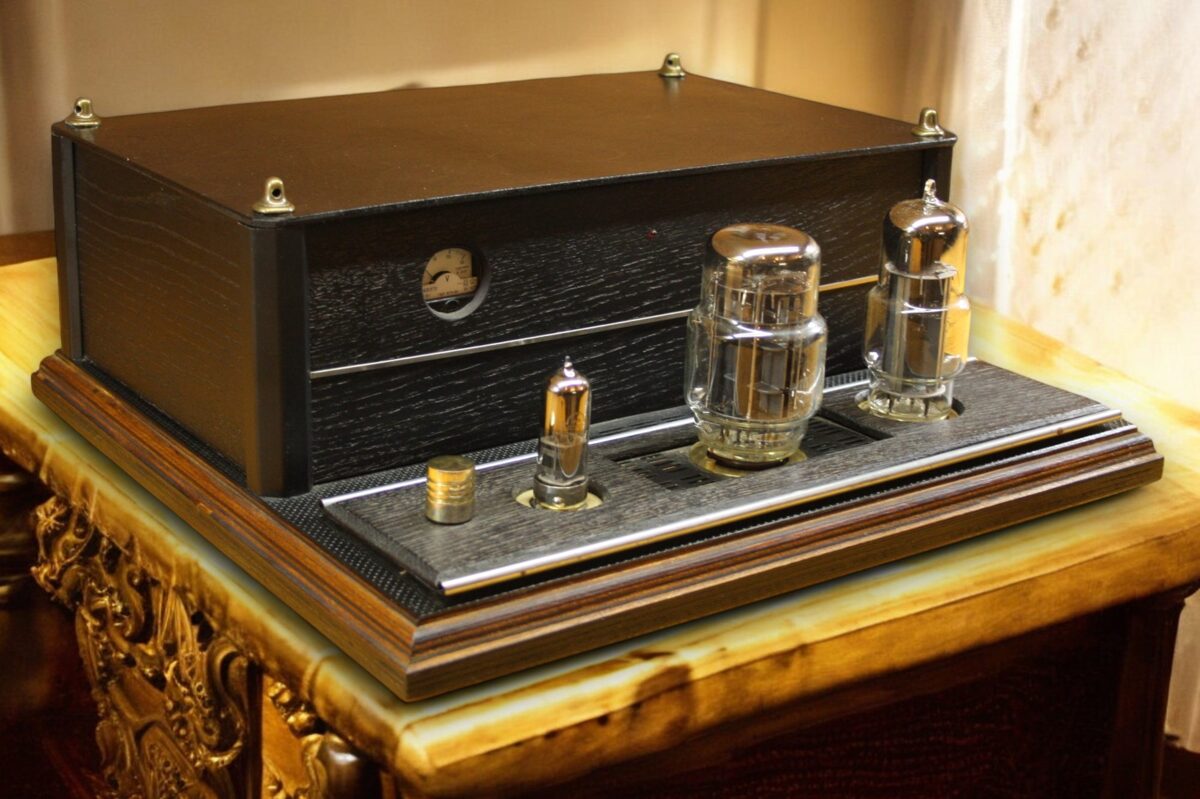Solid State vs. Tube Amplifiers: Pros and Cons You Should Know
When it comes to amplifiers, the debate between solid-state and tube amplifiers has been ongoing for decades. Each type has its own set of advantages and drawbacks, making them suitable for different users and applications. Whether you are an audiophile, musician, or sound engineer, understanding these differences can help you make an informed decision.
Tube Amplifiers: Pros and Cons
Tube amplifiers, also known as valve amplifiers, use vacuum tubes to amplify signals. They are renowned for their warm, rich, and dynamic sound, making them a popular choice among guitarists and audiophiles.
Tube amplifier from VS-Audio
Pros:
Warm and Natural Sound – Tube amplifiers produce a smooth, warm tone that many musicians and audio enthusiasts prefer.
Harmonic Distortion – The natural distortion from tube amps is often described as pleasant and musical, enhancing the listening experience.
Dynamic Response – Tube amps respond well to touch and playing dynamics, providing a more expressive and organic sound.
Classic Aesthetic and Feel – Many musicians appreciate the vintage look and feel of tube amps.
Cons:
Fragility and Maintenance – Vacuum tubes are delicate and can burn out over time, requiring periodic replacement and maintenance.
Heat Generation – Tube amps generate significant heat, which can be a drawback in certain environments.
Size and Weight – They are generally bulkier and heavier compared to solid-state amplifiers.
Higher Cost – Tube amplifiers tend to be more expensive upfront and in terms of maintenance.
Solid-State Amplifiers: Pros and Cons
Solid-state amplifiers use transistors instead of vacuum tubes, making them more durable and reliable for many applications, particularly in live performances and professional audio setups.
Pros:
Durability and Reliability – Solid-state amps are more robust, less prone to damage, and do not require tube replacement.
Lighter and More Portable – They are generally more compact and easier to transport than tube amplifiers.
Energy Efficient – They generate less heat and consume less power compared to tube amps.
Affordable – Solid-state amplifiers are often more budget-friendly, both in initial cost and long-term maintenance.
Cons:
Sound Quality – While some solid-state amps can mimic the warmth of tube amplifiers, many still lack the natural harmonic distortion that gives tube amps their characteristic sound.
Less Responsive to Dynamics – Solid-state amps do not react as organically to playing dynamics, which can make them sound less expressive.
Harsh or Sterile Tone – Some users find that solid-state amps produce a less pleasing and more clinical sound.
Speaker Considerations for Tube and Solid-State Amplifiers
The choice of speakers can significantly impact the performance of both tube and solid-state amplifiers. Different speakers complement each amplifier type in unique ways.
Speakers for Tube Amplifiers:
High-Efficiency Speakers – Tube amplifiers often have lower wattage, so they pair best with high-efficiency speakers to maximize volume and dynamics.
Warm-Toned Speakers – Since tube amps emphasize warmth, using speakers with a balanced or slightly bright character can prevent excessive coloration.
Impedance Matching – Tube amps are sensitive to speaker impedance, so using speakers that match the amp’s recommended impedance ensures optimal performance.
Speakers for Solid-State Amplifiers:
Wide Power Handling Range – Solid-state amps can deliver higher wattages, so speakers with a robust power rating ensure durability and prevent distortion.
Flat Response Speakers – Since solid-state amps tend to have a more neutral sound, using flat response speakers ensures accurate audio reproduction.
Lower Sensitivity Options – Because solid-state amps can provide more power, they can drive lower-sensitivity speakers effectively without sacrificing volume.
Which One Should You Choose?
The choice between a tube amplifier and a solid-state amplifier depends on your personal preferences, needs, and budget. If you prioritize warm, dynamic sound and don’t mind maintenance, a tube amplifier might be the right choice. However, if you need something durable, portable, and budget-friendly, a solid-state amplifier is likely the better option.
Ultimately, the best way to decide is by testing both types and determining which sound and feel suit your style best. Whether you are a musician seeking the perfect tone or an audiophile chasing pristine sound quality, understanding the strengths and weaknesses of each amplifier type will help you make the best choice for your setup.
No comments
Leave a reply
Cart
Cart is empty.

